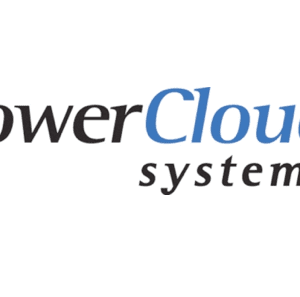Channel News
SiriusDecisions: Revamping The Channel Demand Organization
 In the traditional channel space, organizations turn to resellers, distributors, and other forms of partners to drive demand. However, due to multiple changes taking place in the market, channel-centric organizations must rethink their attempts to drive demand through different types of partners, according to Laz Gonzalez, Service Director of Channel Marketing Strategies for SiriusDecisions.
In the traditional channel space, organizations turn to resellers, distributors, and other forms of partners to drive demand. However, due to multiple changes taking place in the market, channel-centric organizations must rethink their attempts to drive demand through different types of partners, according to Laz Gonzalez, Service Director of Channel Marketing Strategies for SiriusDecisions.
Gonzalez shared best practices on how to revamp the roles and functions of third-party sellers during the SiriusDecisions Summit session titled: “Shaping The Channel Demand Organization.”
“The concept of partner-led demand starts popping up,” Gonzalez said. “In order to do this, we have to look at the organizational functions that must be in place to create this form of demand.”
The four factors that are motivating organizations to rethink their channel demand strategies include:
1. Geographic Expansion: “As companies look at their current business, they look at how they can implement it in EMEA, Latin America, and other areas, and we all know it’s never the same,” Gonzalez said. Factors such as language and exclusivity are driving organizations to implement partner-led demand processes.
2. Strategic Supplier Alliances: Through this form of channel partnership, two large suppliers have to market through two different sets of channel partners, making overall alignment and visibility into operations more difficult to streamline.
3. New Solutions: The emergence of the cloud and other solutions has revamped some vendors’ go-to-market strategies and overall product portfolios. Suppliers and their partners must reshape messaging for marketing and sales campaigns to drive new demand for different audiences.
4. New Customer Segments: Partners are seeking optimal strategies to break into new end-user territory, such as SMBs and other niche markets. As a result, partners must have a firm understanding of which markets they are responsible for approaching, and be armed with the resources and tools to nurture and bring them to close effectively.
“When it comes to driving demand, one size doesn’t fit all,” Gonzalez reported. “If you’re working with VARs, system integrators, or two-tier channels, the deliverables change and the menu of offerings change. However, you have to think of how the deliverables are going to change based on the particular market. In order for us to do that, we have to take a sobering look at what the partner brings to the table and what the supplier brings to the table.”
From a skill and knowledge perspective, partners excel in acting as trusted advisors to clients in specific geographic areas. However, they don’t necessary have the skill sets, resources or technology to address specific marketing needs.
Conversely, suppliers have the content development, marketing automation, data and other tools and technologies to help partners go-to-market. However, suppliers don’t have the ability to operate alone in a scalable manner.
Partner-led demand, according to Gonzalez’s definition, is “prescriptive marketing and guiding partners through the demand creation process. It’s also the development of plays, created by field input that drives program deliverables companies are sending out into the channel.”
During the presentation, Gonzalez introduced four key partner roles in order to drive demand more efficiently.
These partners, as well as their marketing requirements and deliverables, include the following:
- The Self-Service Enabler: Focused on low-touch channels that are mostly self-serviced and automated through a portal (content syndication, web reporting, menu-based plays);
- The Channel Solutions Advisor: Has solutions expertise for specific OEM channels and alliances, allowing organizations to hone in on demand type more effectively and creating programs that align with them better (solution marketing, play alignment, account-based marketing, referral programs);
- The Program Coordinator/Advisor: Coordinates resources in centralized model (nurture plan, vendor management, lead management); and
- The Field Execution Specialist: Offers prescriptive guidance in decentralized model. Suppliers must create blueprints that will be delivered to partners and local teams for execution (program assembly, play cadence, data services, competitive services).
“Not all organizations are the same,” Gonzalez explained, “so there will be different models and strategies for each organization and their target market.”
Additional coverage of the SiriusDecisions Summit:














